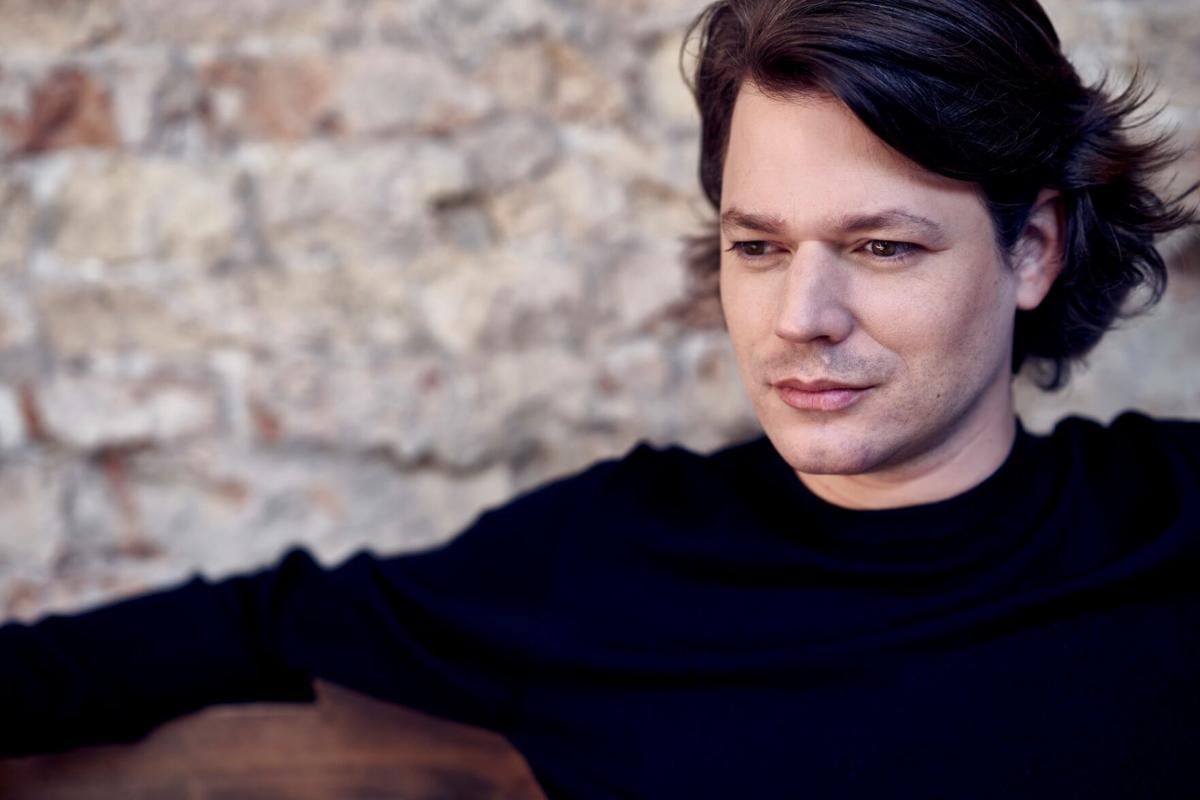Tucson Symphony Orchestra dubbed its 2024-25 season “Discover the Mix,” and on opening night Friday, Sept. 27, Music Director José Luis Gomez gave us an idea of what that meant.
The “mix” comes with discovering English composer Anna Clyne‘s 2015 cinematic tone poem “This Midnight Hour” that opened the program.
It was hearing Mozart’s elegantly dreamlike Piano Concerto No. 21 performed by a French pianist most had never heard of before Friday and few will ever forget.
And it was reinvigorating Tchaikovsky’s Symphony No. 6 in B minor with a sweeping interpretation that renewed our appreciation for its nickname “Pathéthique.”
Throughout the season, the orchestra hopes to connect the dots between works that have long defined classical music and works that are redefining and expanding the genre.
Clyne’s “This Midnight Hour” falls into the expansion category. It’s a powerful work that makes a statement from the opening explosion of the lower strings. Dissonant woodwinds and brass muscle in to interrupt, with a French horn acting as the referee.
Gomez mined the cinematic flourishes and Clyne’s emotional layers, from the piccolo soberly wailing like a howling wind to the frenzied dissonance of the strings playing in opposite directions as if they were racing to some unseen finish line.
Just as the audience nearly filling the Linda Ronstadt Music Hall was bracing for a chaotic rollercoaster ride, Gomez shifted gears to a softer, sweeping melody punctuated by the shudder of rolling timpani.
The Mozart in the middle with French pianist David Fray was the calm to Clyne’s compelling chaos.
Gomez and Fray, making his Tucson debut, took the audience on a 30-minute toe-tapping romp through Mozart’s frolicking, virtuosic concerto.
The pair’s chemistry was mesmerizing; when he wasn’t playing, Fray turned his back to the audience and focused on the orchestra, intently watching Gomez and acting associate concertmaster Emily Chao, making her debut in the absence of Concertmaster Lauren Roth.
In the in-between, Gomez would give Fray a quick glance, and the pianist, sitting in a chair instead of a piano bench, his legs wedged under the piano, would get back to work, his fingers gliding and dancing as he summoned Mozart’s melodic phrases.
The concert ended with the Tchaikovsky, the final testament of its maker foreshadowing his demise; Tchaikovsky died eight days after the work’s premiere in October 1893.
Gomez reminded us that at its core, the Tchaikovsky is an emotional and tragic tale. Gomez took us through the composer’s struggle with his identity, the brooding deep strings, brass and winds establishing the despair that leads to anxiety from the frenzied strings before taking us to a sense of light with strikingly beautiful strings and heavenly flutes.
Throughout the 45 minutes and four movements, Gomez never let us forget Tchaikovsky’s central struggles with depression and anxiety and how he gave them voice in his music.
But Gomez does not muddy those emotional waters with excessive brooding or unneeded dramatic flourishes. He lets us draw our own conclusions even as the sweeping string melodies opening the finale fleetingly hint to some happily ever that’s put in doubt as the tempo shudders and we end up where we began, those brooding deep strings.
As those last notes from the cellos and bassoons faded, Gomez stood at the podium and allowed a pregnant pause before the audience erupted in applause.
The orchestra repeats the concert at 2 p.m. Sunday, Sept. 29, at Linda Ronstadt Music Hall, 260 S. Church Ave. Visit tucsonsymphony.org for tickets.





